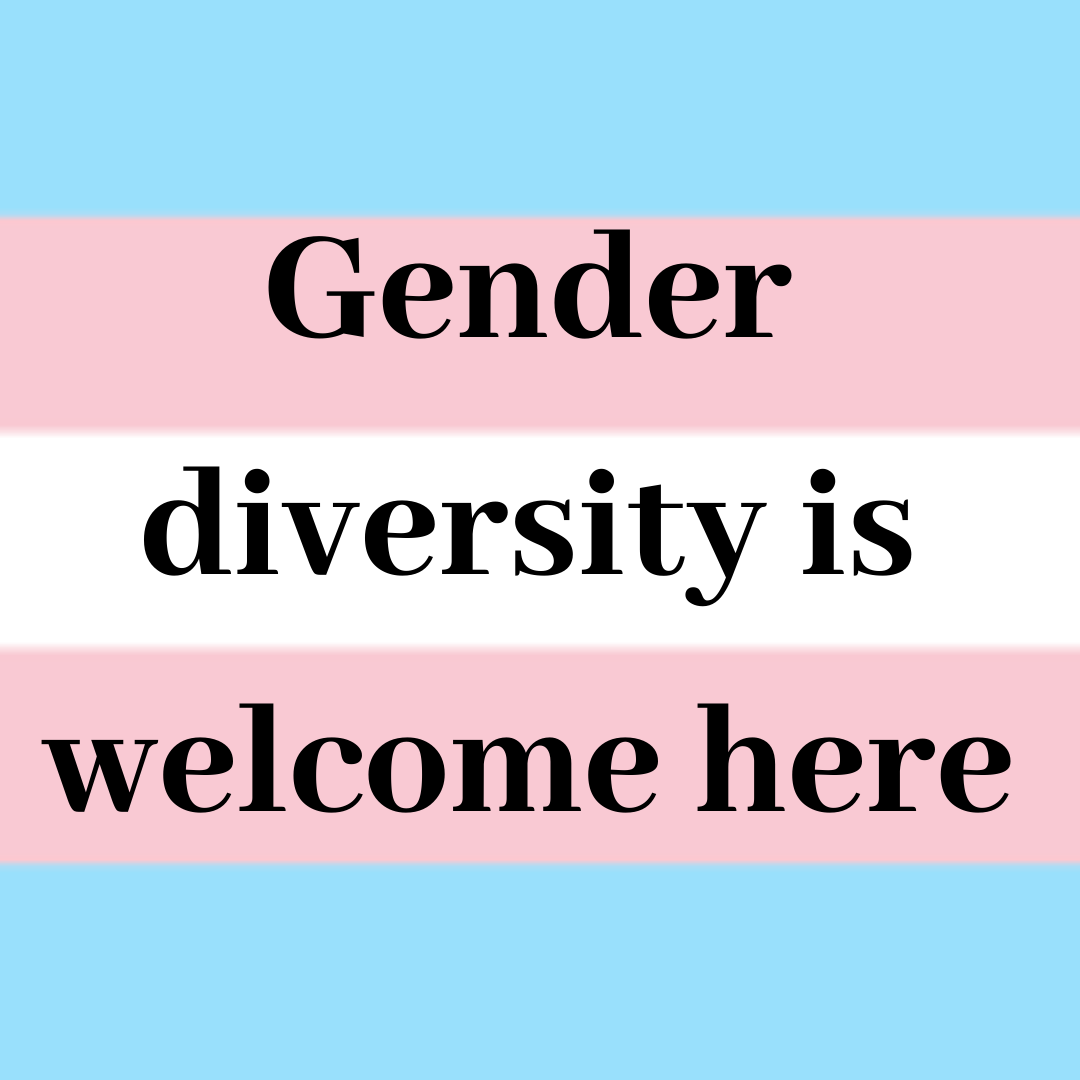Celebrating IDAHOBIT (International Day Against Homophobia, Biphobia and Transphobia) on May 17th is a great opportunities for schools to show their support for LGBTQIA+ students, families and teachers, and to revisit important discussions around embracing and respecting diversity and bias-based bullying.
Every rainbow makes a difference. Whether you have a dress-up day, a themed assembly, small classroom activities, or even just wear a few rainbow badges, there is something everyone can do to celebrate the rainbow community in May.
What sorts of things can schools do to celebrate, plus how to get a FREE toolkit?
What can I do to help? Allies, WE NEED YOU!
What resources are there for talking to children and young people about family, gender and sexual diversity and bias-based bullying?
What if people express concerns about talking about these issues to students?
What can I do to help? Allies, we need YOU!!
When it comes to schools supporting rainbow students, families and teachers, the more voices asking for positive change the better. Don’t let the voices speaking against LGBTQIA+ inclusion be the only ones that are heard.
There are lots of different ways that you could raise awareness of IFED and IDAHOBIT in your school community.
1) Let teachers and/or school leadership know that you would like the school to participate.
Send a quick email asking them to take the opportunities of IFED and/or IDAHOBIT to show their support. Here is a sample letter from idahobit.org.au (pictured right).
And here is a sample letter that we have prepared specifically for primary schools (with thanks to www.idahobit.org.au for the original letter).
2) Help create support by talking about it to other parents, friends and family.
Forward this page in a Facebook post to your friends, and social media groups. Make your allyship clear.
Post your support for IFED and IDAHOBIT on the school's parents' Facebook group, and invite other parents to email or talk to the school about participation (the more parents who request this, the more likely it is to happen).
Teachers - use your networks to send info to other teachers via email or social media, suggesting they invite their own schools to participate. And how about sending it to your union and other professional groups so they can publicise it?
3) Think about running your own event to show support.
Can you gather a few other parents and/or students and greet students at the school gates with rainbow face paint, stickers, flags, or temporary tattoos, or do this at lunchtime?
Teachers - could you plan a lesson around some of the resources above, or just spend a few minutes talking about diversity, or about bias-based bullying?
4) Wear your rainbows.
It is really important to show your support for rainbow students and families. So wear a badge, a wristband, or a sticker on your laptop. These small gestures show that you are an ally, and can make an enormous difference.
Resources
Below are some of the many resources that can be used by parents and teachers to start conversations about family, sexual and gender diversity.
Embracing Family Diversity
Talking about, and celebrating family diversity, such as same-sex parents, single parents, and multi-generational families, is really important, so that students feel seen and supported at school, regardless of their family configuration.
Poster: The Rainbow Families Victoria poster 'Who's In Your Family' is a great way to start conversations with children around family diversity, including: single parents, same-sex couples, step-families, extended families and foster families.
Books: There are also lots of books about family diversity to support these conversations. Hares & Hyenas, a queer bookstore in Melbourne, has put together two lists of books, one of books appropriate for primary to secondary aged kids, and the other for 12-15 year olds.
Movie and lesson plans: The Gayby Baby School Action Toolkit is also a great way to discuss family diversity in primary schools. The Gayby Baby movie can be watched on itunes, and there is a free primary resource that they recommend for years 5 and 6, and a free secondary resource, that you can download from their website.
Gender Stereotypes and gender diversity
The Resilience, Rights and Respectful Relationships learning materials cover gender and identity in Topic 7 and contain 3-4 activity ideas for each age level.
Welcoming Schools, a program of the Human Rights Campaign in the US, suggests the following Lesson Plans to Help Students Understand Gender and to Support Transgender and Non-Binary Children.
For books and resources on embracing and supporting trans and gender diverse young people, The Rainbow Owl has suggestions for children and young people, for parents and families, and for educators and schools.
Prevention of bias-based bullying.
Rights, Responsibilities and Respectful Relationships suggests this Welcoming Schools tip sheet with a range of statements for children to use in the face of verbal gender-based violence.
And Bully Stoppers (Dep of Ed, VIC) has some great advice about responding to homophobic behaviours.
Responding to concerns
This tip sheet from Welcoming Schools entitled Responding to Some Concerns About Being LGBTQ Inclusive, includes suggestions on how to frame the discussion of the importance of inclusion in schools, that will be relevant to conversations with students, parents, teachers and school leadership.






